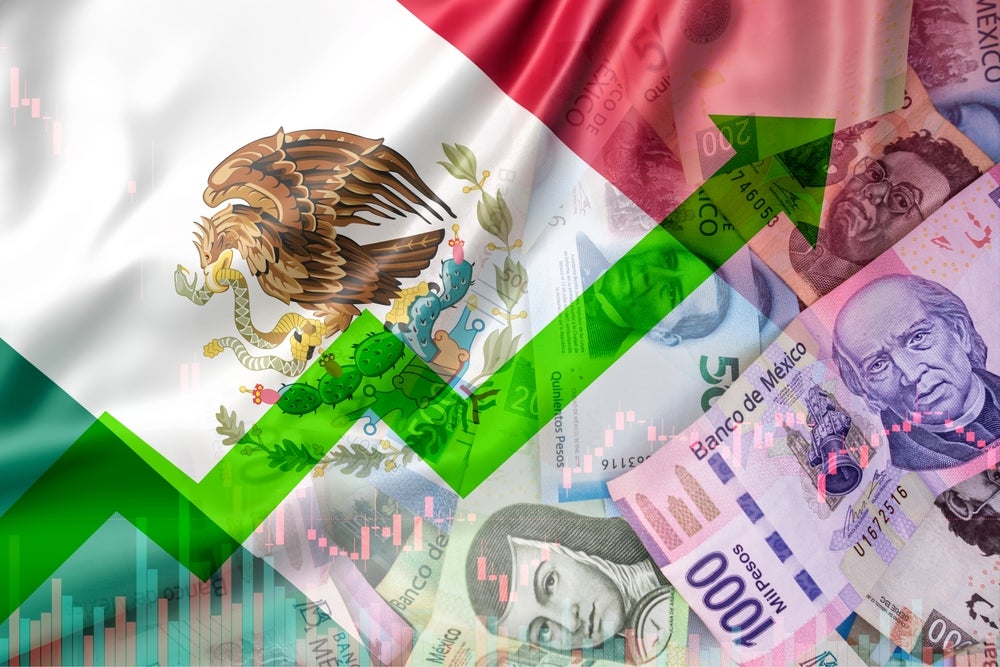Mexican Stocks Notch Widest 1-Day Rally Versus S&P 500 Since 1998 As Trump Spares Mexico From Tariffs
Mexican stocks surged 4.5% after Trump spared Mexico from new tariffs, outperforming the S&P 500 by 9 percentage points. This marks the widest 1-day rally versus the S&P 500 since 1998.
https://www.benzinga.com/government/regulations/25/04/44637959/mexican-stocks-notch-widest-1-day-rally-versus-sp-500-since-1998-as-trump-spares-mexico-fr




